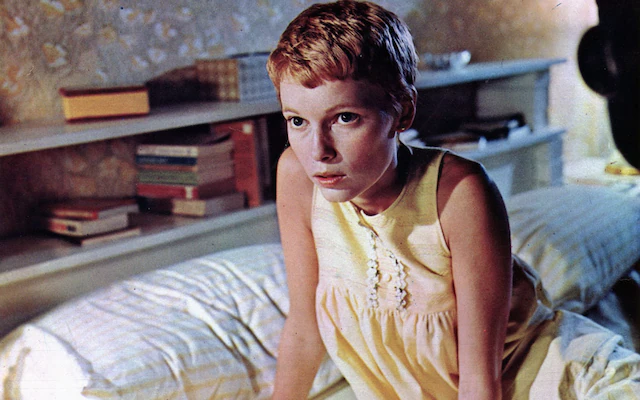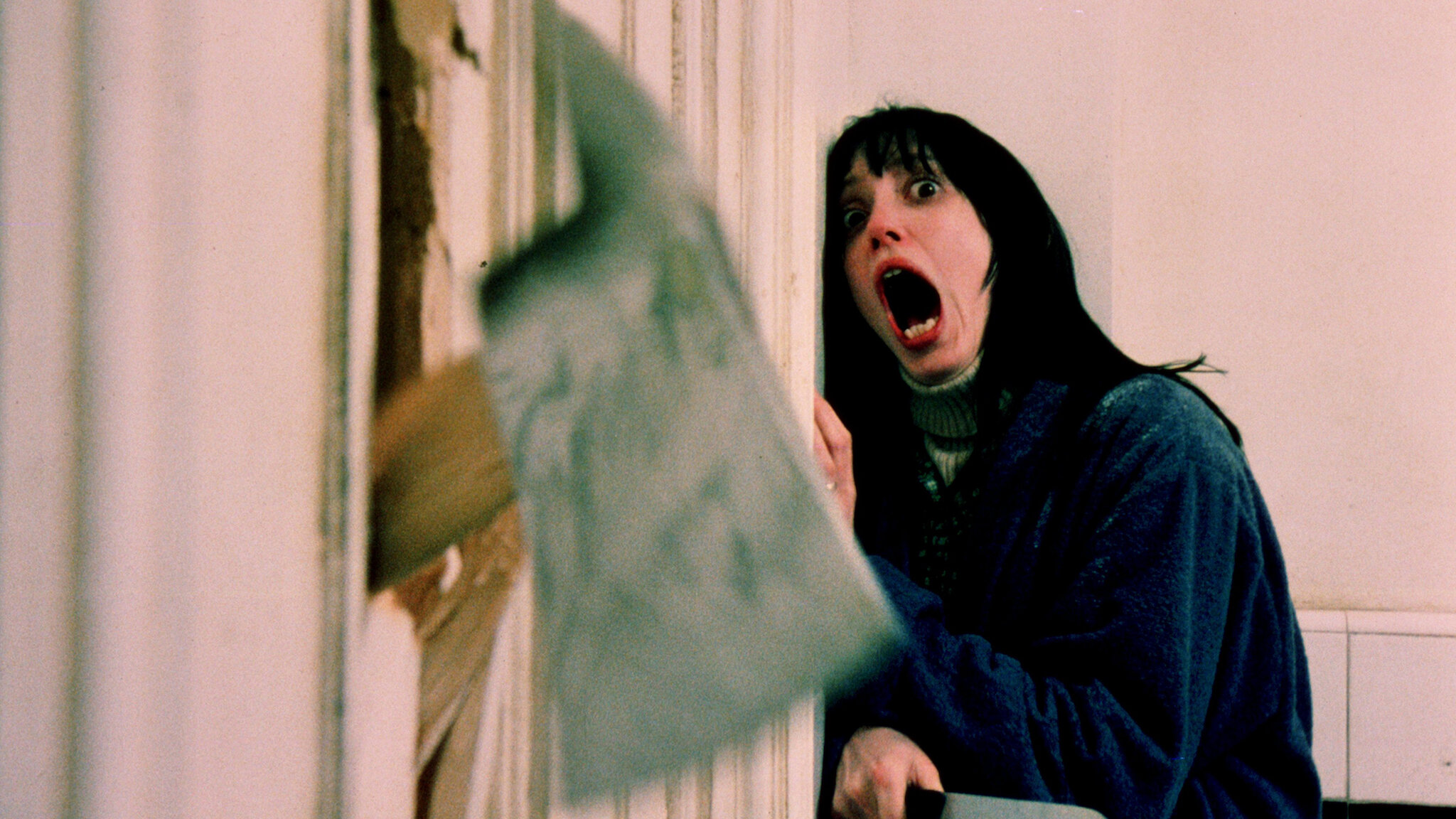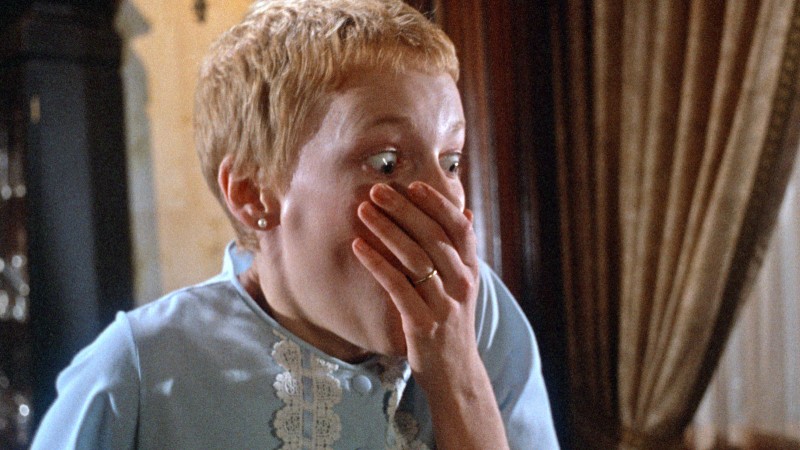By Afroditi A. Karagianni,
Horror can indeed be a tricky genre. It is always a slippery slope: In order for a horror film to be actually good, it has to manage being truly scary, gripping and original while concurrently avoid becoming too cliché, uninspired, shallow or downright dull. Be that as it may, the film industry has impressively managed to create some brilliant and breathtaking works of the like. Personally, when it comes to Horror film suggestions, I find it hard to distinguish only a few amongst the many impressive works that have been released over the years, but below I will be discussing two very classic ones, which I consider two of my all-time favorites. These two contain many typical characteristics of contemporary horror films, except for excessive blood and gore, which are (mostly) absent from their storytelling.
- Rosemary’s baby (1965)
Rosemary’s baby, directed by Roman Polanksi, takes place in New York, and revolves around Rosemary and Guy, a couple moving into a new apartment building. The story’s premise seems rather straightforward: their new building is known all around town thanks to the frightening legends and mysterious events concerning it, but despite this fact, the young couple optimistically move in there with the purpose of starting a happy family. In no time, strange incidents begin to occur and no one can be sure as to what will happen next.

Rosemary’s baby is an outstanding film. The visuals, the set the film takes place in, the lighting and the costumes manage to bring the story to life in a remarkable way and create the tension-filled atmosphere needed for the viewer to experience. At the same time, a variety of alternate directing “methods” are utilized in order to heighten the viewers’ anticipation and anxiety levels, like not showing the neighbors’ faces while they talk in some scenes or only letting neighbors talk behind closed doors or walls without appearing directly to the screen, which I found brilliant directing choices. Of course, all the actors involved did a phenomenal job and I found Mia Farrow absolutely gripping in her role as Rosemary. In the film, Farrow is the epitome of a startling, gifted actress: her expressions, movement and look in her eyes are enough to send a chill down your spine each time and unsettle you profoundly, without her needing to say a single word out loud.
This film manages to keep the viewer guessing for the entirety of its durance. You never know the intentions of the other characters and if the couple can trust them and ultimately, whether the couple can even confidently place their trust onto one another. What is truly remarkable (at least for contemporary horror standards) however, is that film is almost entirely bloodless, as the horror is psychological and paranoia-driven, relying on suggestion, mood, and atmosphere, with the scariest parts about it being about control, betrayal, and isolation rather than physical violence. Still, it is a film filled with plot twists and anxiety or fear inducing scenes that almost guarantee viewers that they will get deeply frightened and uneasy.
2. The Shining (1980)
Directed by Stanley Kubrick, the Shining tells the story of Jack Torrance, a middle class, recovering alcoholic, family man who decides to accept a winter caretaker job at the Overlook Hotel. There, along with his wife Wendy and their son Danny, while they remain isolated for the rest of the winter, he will both be guarding the hotel and working on his novel. From the moment the family arrives at the hotel, the atmosphere feels rather odd to the viewers, and we watch chilling incidents begin to unfold one after another, and their inevitable escalation.
I personally loved The Shining. For starters, Kubrick’s directional work in this is mesmerizing: For example, the way the film was shot, with the long, panoramic and continuous outtakes of the mountainous landscapes and the endless, wide shots of the (almost) empty hotel building and its hallways have an integral part to play in the creation of the movie’s unsettling atmosphere. In addition, it goes without saying that the location choices, the costumes and the lightning were also done in an amazing way and match the film’s unsettling vibe to it. Its color palette is another distinct characteristic of the film, since it utilizes an array of blue, red, orange, yellow, green and white tones, which both come to a visible contrast with the story’s scary plot and at the same time make the film feel innovative and immersive. The actors, for whom it is said to have experienced real exhaustion during the shooting process of the film, have all given unparalleled, indescribable performances in it. In fact, Shelley Duvall’s (Wendy) and Jack Nicholson’s (Jack) performances in this are testament to their immense acting talent and versatility as artists. It is worth noting that in some scenes, Nicholson even breaks the fourth wall by looking directly at the camera, a creative choice that enhances the films ability to scare by catching its viewers entirely off guard.

The shining really scares you. It is filled with adrenaline inducing chasing sequences and chilling scenes that can deeply frighten, shock and appall one. Mind you, it contains disturbing imagery and some blood but no gore or extremely bloody sequences, the likes of which many horror films today incorporate in their storytelling. Furthermore, the shining, in its unpredictability, manages to remain original, inspired and truly bone-chilling. Over its durance, one can feel it messing with their heads and causing their anxiety to increase, but it being so intriguing and fast-paced that they can never actually look away.
These two films are to me masterworks in horror (and of course, in film in general). They possess many characteristics that are typically found in movies of the genre, whilst also remaining original, inspired, unique and creative in their own ways. Nonetheless, these two do not need excessive blood or gore to be frightening, as they can get under your skin just as well without them, through the outstanding performances, gripping plot and psychological horror elements they entail. Ultimately, they are proof that horror can indeed be done in a more artistic and creative manner (without necessarily possessing gore and blood), while also efficiently achieving its main goal: to unsettle and deeply scare those who care to watch it.




